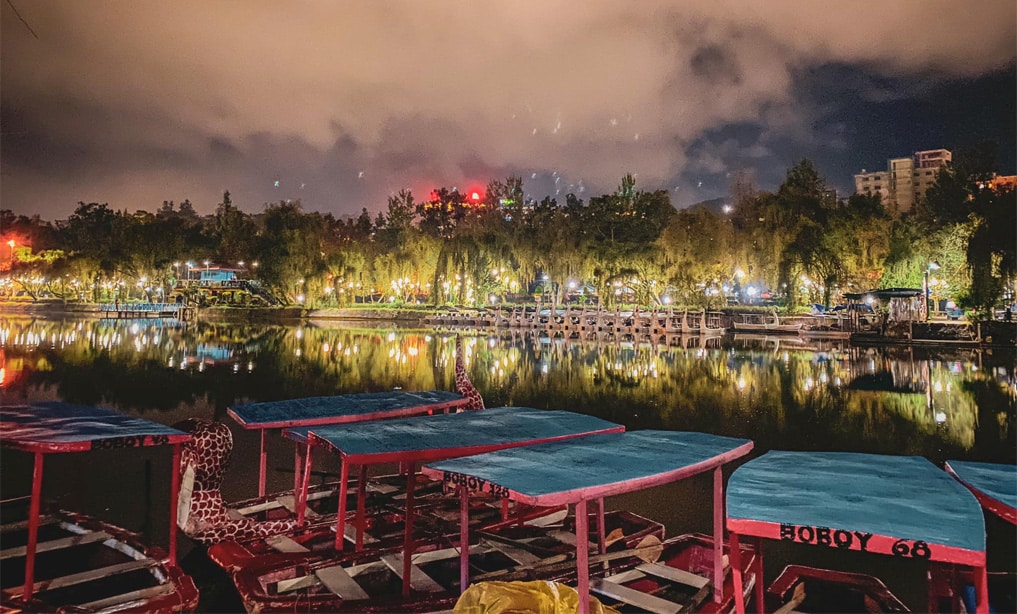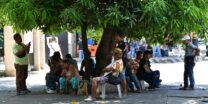THE December Solstice is almost approaching, and with it comes the shortest day and the longest night of the year.
When does it start
According to the weather bureau Philippine Atmospheric, Geophysical, and Astronomical Services Administration (Pagasa), the December Solstice will begin on December 22 at 5:48 a.m.
This will usher in the start of Filipinos experiencing longer nighttime than daytime.
“During the December Solstice, the northern hemisphere will experience the shortest day and longest night, this day also marks the first day of winter. Consequently, in the southern hemisphere, this day marks the first day of summer,” Pagasa said.
This is why in northern America and Euroope, December Solstice is commonly referred to as “winter solstice.”
What causes it
The December Solstice is the astronomical season of the year when the Sun’s path in the sky is farthest south in the northern hemisphere. This year, it takes place between December 21 and 22.
This occurrence is also an indication that the Earth has completed another revolution around the sun in its yearly cycle.
Cold spell
According to the weather agency, the longer nights during the winter season of the northern hemisphere is also associated with colder nights.
Pagasa said the chilly nights following the start of the December Solstice are caused by the northeast monsoon, often known as the “hanging amihan.” A massive anticyclone in the northeast monsoon sends cool, dry air to the country during this period. A meteorological system having a high barometric pressure is called an anticyclone.
Northeast monsoon occurs over Siberia, Mongolia, and northern China during the northern winter. It produces cloud formation and rainfall in the country’s eastern regions, Pagasa’s Romeo Ganal Jr. said in a report.
He said most of the time, “amihan” starts blowing cold air from November or December until February of the following year.
After the weather bureau announced the start of the Amihan season in October, it is expected that the country will experience a surge in cold temperatures during the “ber” months, it said.
“The northeast wind flow is expected to gradually become more dominant over Northern Luzon, bringing cold and dry air. Surges of cold temperatures may also be expected in the coming months,” Pagasa Administrator Vicente Malano said.
Currently, the lowest temperature in the country is felt in Baguio City at 14°C, according to Pagasa.
Banner Photo Credit: Raf Carlo Said








